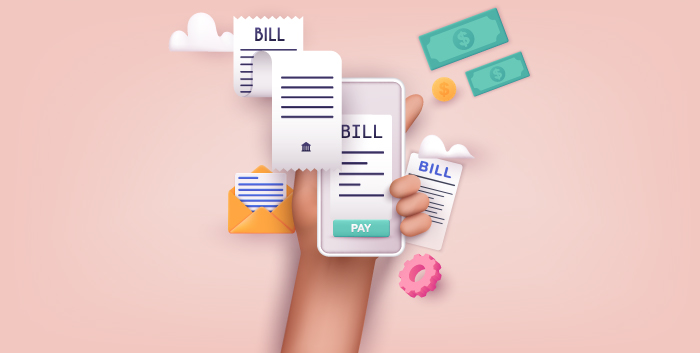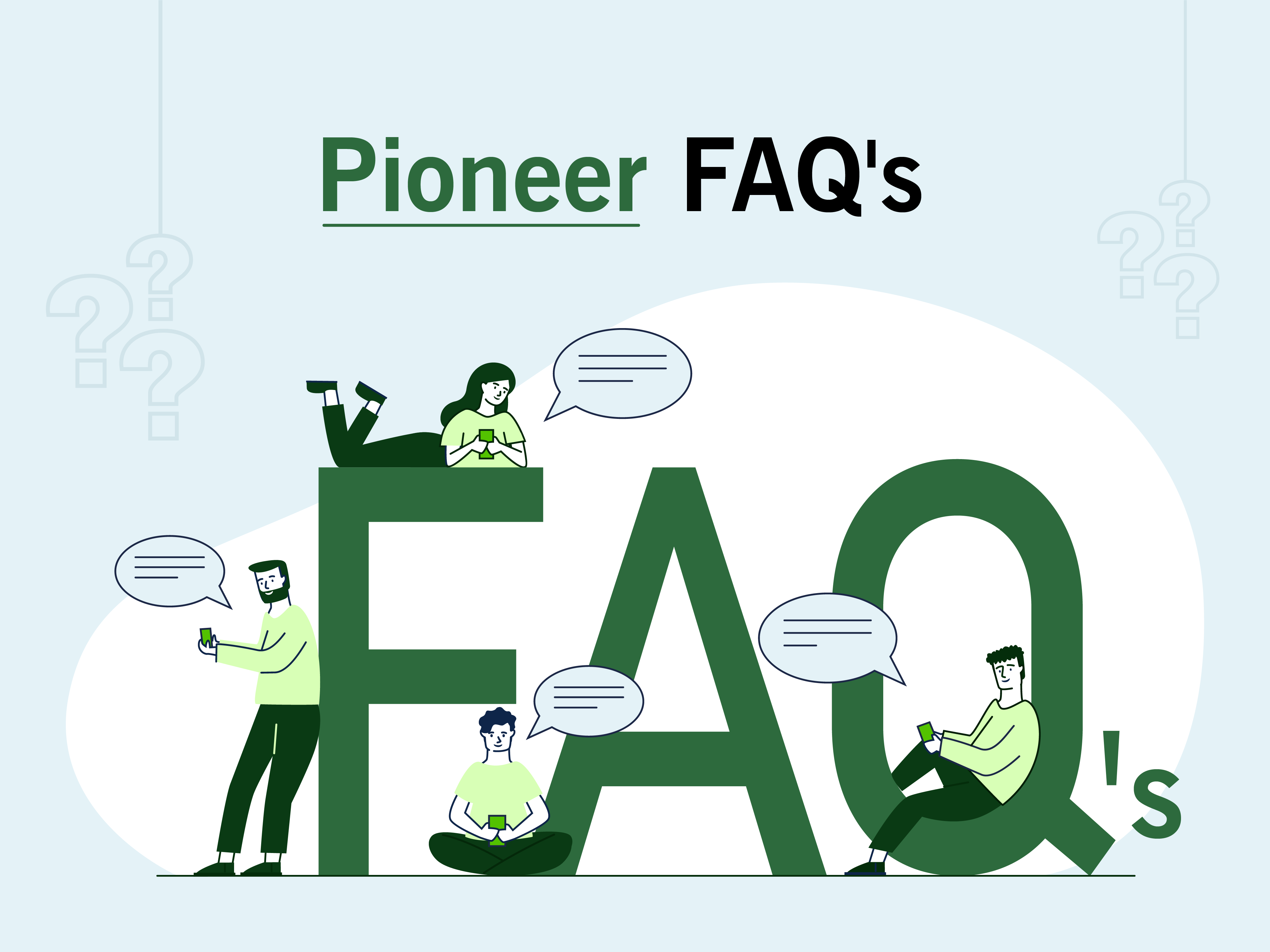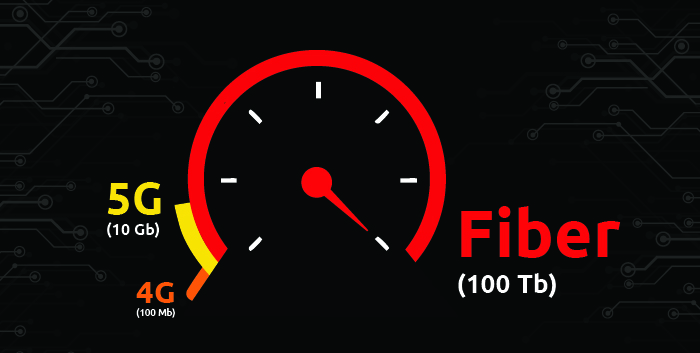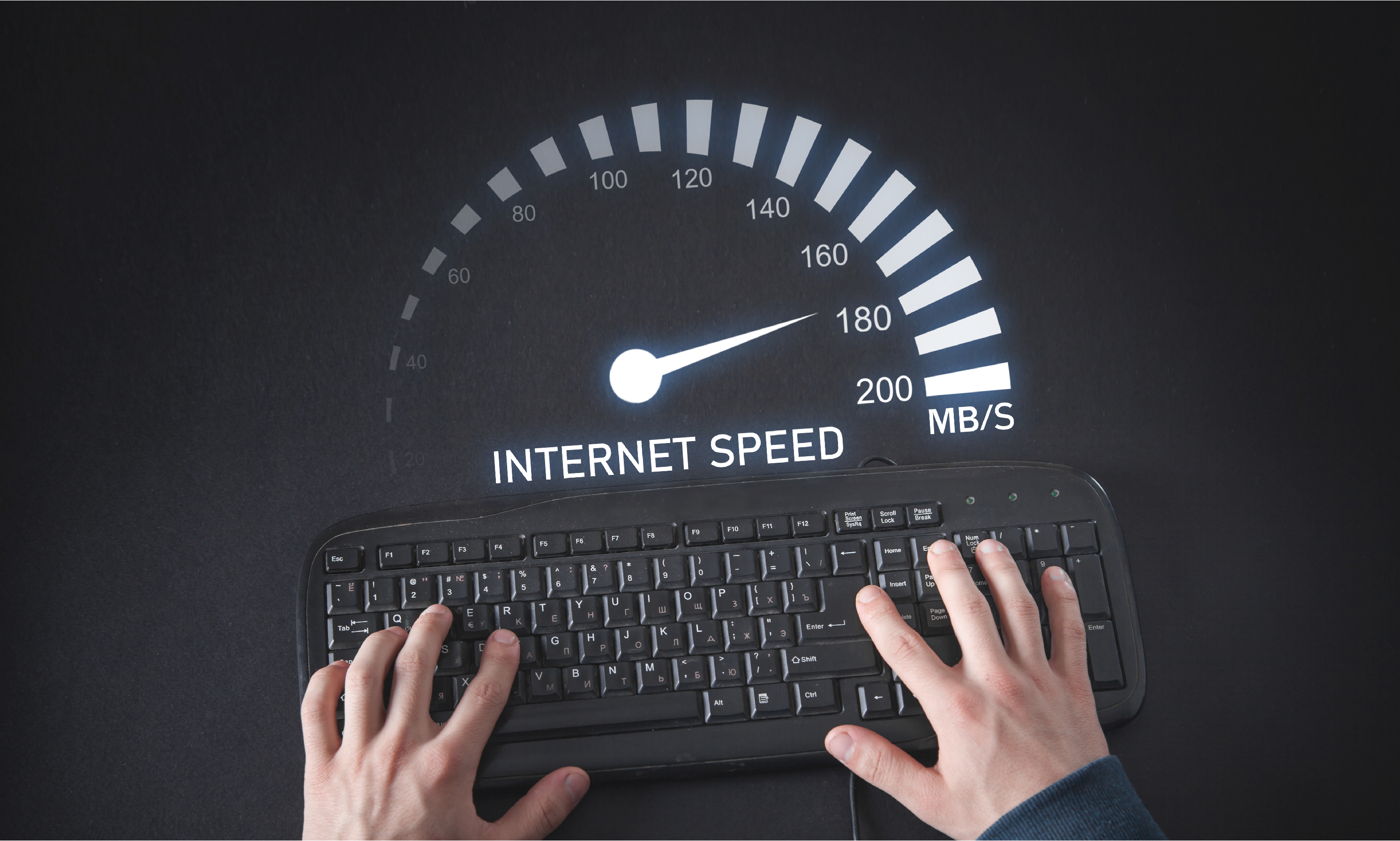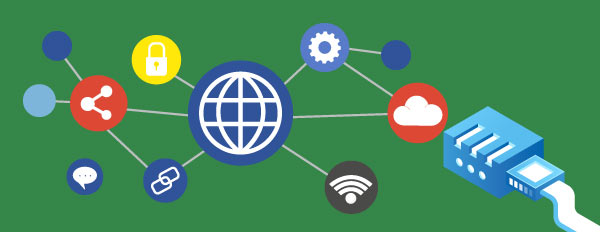Complete Guide to Reading Your Internet Bill in India (2025)
Raj from Bangalore stared at his internet bill in confusion for the third month running. Despite subscribing to a ?999 plan, his bill showed ?1,347. The additional charges seemed to appear from nowhere – equipment rental fees, regulatory charges, and mysterious "transmission costs" that nobody had explained during signup.
Sound familiar? You're not alone in this struggle.
With India's broadband subscriber base crossing 820 million users in 2024, over 60% of Indian internet users report confusion about their monthly bills. This widespread billing confusion leads to payment delays, disputes, and most importantly, overpayment for services you might not even be using.
Understanding your internet bill isn't just about knowing where your money goes – it's about taking control of your digital expenses in an increasingly connected world. Whether you're working from home in Delhi, running a startup in Mumbai, or managing a business in Bangalore, decoding your broadband statement can save you hundreds of rupees monthly.
In tier-1 cities like Hyderabad, Chennai, and Kolkata, average monthly internet bills range from ?500 to ?2,500 for residential users, while business broadband costs typically run 2-3 times higher. The difference between understanding and blindly paying these bills could mean the difference between optimized internet costs and unnecessary financial drain.
This comprehensive guide will transform you from a confused bill-payer into an informed internet consumer. We'll break down every component of your broadband bill, expose hidden charges, compare major ISP billing practices, and show you exactly how to read your internet statement like a pro.
Let's explore how mastering your internet bill understanding can put money back in your pocket and ensure you're getting exactly what you pay for.
Why Understanding Your Internet Bill Matters in Today's Digital India
The Hidden Cost Crisis Facing Indian Internet Users
Imagine discovering that your "unlimited" internet plan actually throttles your speed after consuming specific data limits, or finding out you've been paying equipment rental fees for a router you could have purchased outright for less money. These scenarios play out daily across Indian households and businesses.
The telecommunications industry in India has witnessed rapid growth, but billing transparency hasn't kept pace with technological advancement. Complex terminology like "FUP limits," "transmission charges," and "regulatory fees" creates a barrier between consumers and clear understanding of their internet service charges.
How Misunderstanding Bills Leads to Overpayment
Delhi NCR shows the highest average billing complaints at 23% of total broadband disputes, while Mumbai exhibits the highest price sensitivity with 45% of users switching providers annually. These statistics reveal a critical gap in how ISPs communicate billing information to their customers.
The cost of misunderstanding your broadband bill extends beyond immediate overpayment. It affects your ability to choose appropriate plans, negotiate better rates, and identify when you're being charged for services you don't use or need.
Anatomy of an Indian Internet Bill: Core Components Explained
Monthly Rental Charges and Plan Details
Your internet bill breakdown begins with the fundamental monthly rental charge – the base cost of your chosen broadband plan. This section displays your subscribed speed tier, data allowance, and billing cycle period.
Base Plan Costs vs. Actual Usage
Most Indian ISPs follow an advance billing model, meaning you pay for the upcoming month's service rather than the previous month's usage. Understanding this billing cycle is crucial for managing your broadband charges effectively.
Your plan details should clearly specify whether you're on an unlimited plan or have specific data consumption limits. Fair Usage Policy (FUP) details are particularly important, as they determine when and how your internet speeds might be reduced.
Speed Tiers and Their Impact on Billing
Internet service providers offer multiple speed tiers, from basic 25 Mbps connections to high-speed 1 Gbps fiber plans. Your monthly rental directly correlates with your subscribed speed, but understanding the relationship between speed and actual billing helps identify potential overcharges.
Data Usage and Overage Charges
Understanding Data Consumption Patterns
Your broadband statement should include detailed data usage information, showing consumption patterns throughout your billing cycle. This data helps identify peak usage periods and potential areas for optimization.
Modern households in cities like Bangalore and Chennai average 300-500 GB monthly consumption, while business users typically consume 1-3 TB depending on their operations scale.
Fair Usage Policy (FUP) Implications
FUP policies significantly impact your internet experience and billing. After crossing specified data limits, ISPs may throttle your connection speed or charge additional fees for continued high-speed access.
Additional Services and Add-on Charges
OTT Platform Subscriptions
Many ISPs bundle OTT platform subscriptions with broadband plans. Your bill should clearly itemize these services, showing which streaming platforms are included and their individual costs.
Bundled services can provide value, but only if you actively use all included platforms. Unused OTT subscriptions represent unnecessary expenses that many users overlook.
Equipment Rental and Installation Fees
Router rental charges, set-top box fees, and installation costs often appear as separate line items on your internet bill. Understanding these charges helps determine whether purchasing equipment outright might be more economical.
Taxes, Regulatory Charges, and Government Fees
GST Breakdown on Internet Services
Goods and Services Tax (GST) applies to internet services at 18% for most broadband connections. Your bill should clearly separate the base service charge from applicable taxes.
TRAI Regulatory Fees
The Telecom Regulatory Authority of India (TRAI) mandates specific regulatory charges that appear on most internet bills. These fees support regulatory oversight and consumer protection initiatives.
Common Billing Issues and Red Flags to Watch For
Hidden Charges and Surprise Fees
Watch for unexpected equipment charges, activation fees that weren't disclosed during signup, or premium service charges that automatically activate without clear consent. These hidden charges can inflate your bill significantly.
Billing Cycle Discrepancies
Misaligned billing cycles can result in partial month charges appearing unexpectedly. Understanding your service start date and billing period helps identify legitimate charges versus billing errors.
Speed vs. Billing Mismatches
If you're paying for 100 Mbps but consistently receiving 50 Mbps speeds, your bill should reflect service credits or plan adjustments. Document speed test results to support billing disputes.
Equipment and Installation Fee Overcharges
Some ISPs charge equipment rental fees indefinitely, even after you've paid enough monthly fees to purchase the equipment outright. Calculate total rental costs against equipment purchase prices.
Step-by-Step Guide to Reading Your Bill
Identifying Your Service Period and Billing Cycle
Start by locating your billing period dates at the top of your statement. This section should clearly show the service dates you're being charged for and whether the billing is advance or arrears.
Analyzing Data Usage and Consumption Patterns
Review your data consumption section to understand your usage patterns. Look for unusual spikes that might indicate unauthorized usage or devices consuming excessive bandwidth.
Verifying Speed and Service Level Charges
Cross-reference your billed speed tier with your subscribed plan. Ensure you're not paying for higher speeds than you actually receive or need.
Understanding Promotional Discounts and Offers
Identify promotional pricing and its expiration dates. Many users face bill shock when introductory offers expire without notification.
Digital Tools and Apps for Bill Management
ISP Mobile Apps: Features and Limitations
Most major ISPs provide mobile applications for bill management, but feature availability varies significantly. Some apps offer comprehensive usage analytics, while others provide basic bill viewing functionality.
Third-party Bill Management Solutions
Several third-party applications aggregate bills from multiple service providers, offering centralized management and payment options for internet, mobile, and utility bills.
Setting Up Billing Alerts and Notifications
Configure alerts for billing cycle dates, payment due dates, and data usage thresholds. Proactive monitoring prevents service interruptions and helps manage expenses effectively.
Tips for Reducing Your Internet Bill Costs
Optimizing Your Data Usage
Monitor your consumption patterns to identify peak usage periods and optimize your plan accordingly. Many users pay for more data than they actually consume.
Choosing the Right Plan for Your Needs
Regularly evaluate your internet usage against your current plan. Growing businesses might need plan upgrades, while reduced usage could justify downgrades.
Negotiating with Your ISP
Armed with bill knowledge and competitor pricing, you can negotiate better rates or additional services. ISPs often provide retention offers to prevent customer churn.
When to Switch Providers
Calculate the total cost of ownership, including installation fees, equipment costs, and monthly charges, when comparing providers. Short-term savings might not justify switching costs.
Conclusion
Understanding your internet bill transforms you from a passive consumer into an empowered decision-maker who can optimize digital expenses and ensure you receive full value for your broadband investment. The complexity of internet billing in India doesn't have to mean confusion and overpayment.
Throughout this guide, we've decoded every component of your broadband statement, from basic monthly charges to complex regulatory fees. You now possess the knowledge to identify hidden charges, understand billing cycles, and make informed decisions about your internet service.
The key insights that will immediately impact your internet costs include recognizing FUP limitations, understanding advance billing models, and identifying unnecessary add-on services. These fundamentals apply whether you're managing home internet in Delhi or corporate connections across multiple locations.
Mastering internet bill analysis also means knowing when your current provider is delivering value versus when switching might benefit your specific needs. With broadband competition intensifying across tier-1 cities, informed consumers can leverage this knowledge for better rates and improved service.
The difference between confusion and clarity in internet billing often comes down to choosing a provider that prioritizes transparency over complexity. While traditional ISPs continue wrestling with legacy billing systems and unclear charge explanations, forward-thinking providers recognize that transparent billing builds stronger customer relationships.


